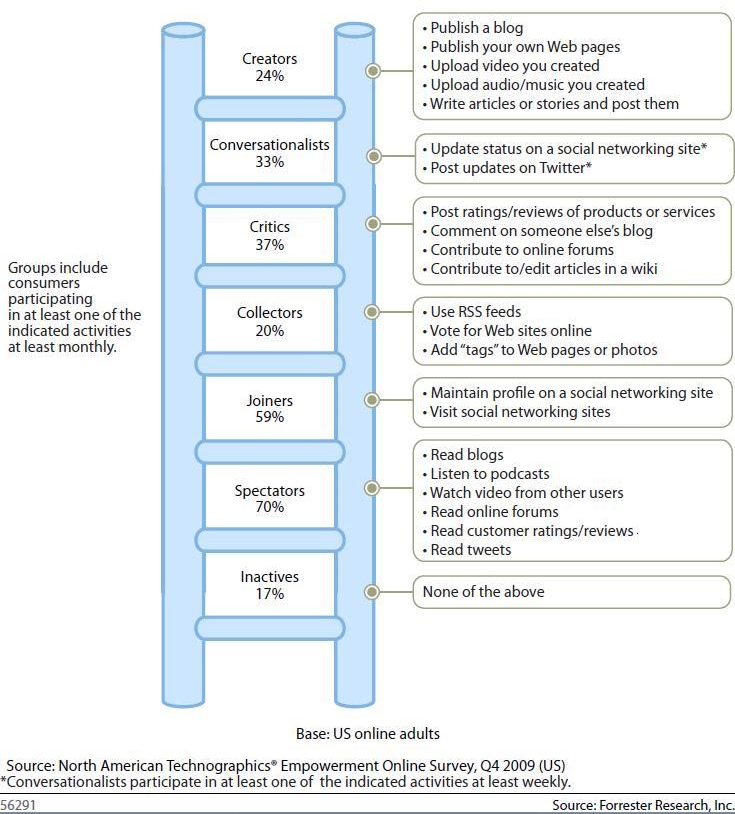There is one thing certain about social media marketing: There are too many “experts” and “strategists” out there, and too many research firms trying to cash in on senior executives uneasy feeling about not understanding a new trend. Which numbers are you too believe? How does this impact your brand?
According to Agency group Creston in the UK, their research shows that even though 88% of respondents believed that social media activity will impact brand reputation at some point, only 14% of respondents agree that this is a current issue. Really? Contrast this with Coca-Cola’s recent announcement that nearly all their online marketing efforts will be concentrated in the social media space, and you have to wonder whether this research is wildly inaccurate or whether there are simply enormous differences among marketing departments in large corporations about the importance of social. And other research agencies, like Alterian, seems to come up with the opposite result of Creston.
Although Forrester is probably among the research agencies guilty of publishing the most research with the lowest amount of data sources per report, they recently came out with an interesting study (which also presumably had a larger research base):
This of course shows that the majority of the online population join a social network, and as many as one third update their status weekly. This is easy to believe, when your 77 old aunt is on Facebook posting daily messages. And I would venture to say that the marketers asked by Creston are probably 99% certain to have a Facebook account, and given their profession, perhaps also quite likely to use Twitter, I find it stunning that Creston can come up with these conclusions.
Of course, you need to be careful about believing numbers. Mobile marketing is very closely tied to social media marketing, and Ars Technica recently predicted that Apple had a 99.4% market share of application downloads on mobile in 2009, with 2.5 billion apps downloaded. According to Gartner who said 2,5 billion apps were downloaded in 2009, it leaves only 16 million for the rest of the market. Quite ridiculous, when you consider that Nokia announced Ovi downloads of 1 million per day in December, and for instance the Facebook J2ME applications has been downloaded 33m times on GetJar alone since it’s early 2009 launch…



Recent Comments